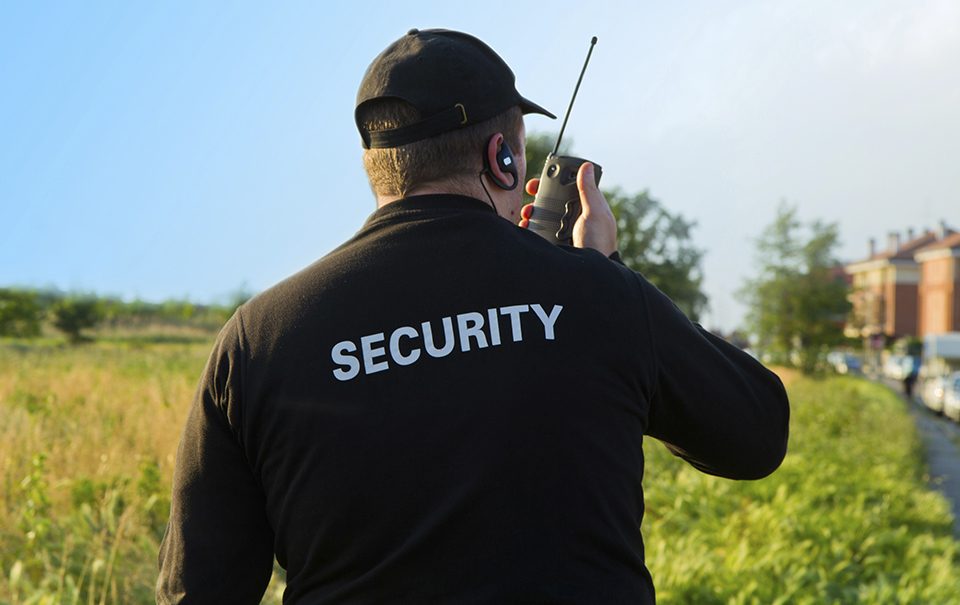What does psychology contribute in security?
By Cecilio Andrade
Psychology as a behavioral science can help operators, consultants and instructors by analyzing situations and detecting variables involved in learning and executing safety techniques and procedures. On the other hand, it can provide resources for the control of the psychophysiological and emotional aspects present in such situations.
Extending oneself in this field would give rise to a book, or to several, for which we will concentrate very simply on a single aspect, the one that will affect us most in an action that compromises safety of any kind, we are talking about stress.
Nowadays the term stress is so popularized that we all use it applying it to different situations as a synonym of anxiety, overwhelm, anxiety, tension, etc. Most people agree to consider the following episodes as typical stress situations: “I have a test within two days and I do not know if it will give me time to prepare for it”; “The elevator has stopped between two floors and I am trapped”; “I have to make it to an important appointment and I am in the middle of a traffic jam,” etc., but this pseudo-agreement about what stress is, does not usually go much further, nor is it completely accurate.
Many situations in which a security person of any type and level may be involved in the course of high risk events, from which an endless list could be drawn up, should be considered highly stressful. It would not be useful to note here the multiple definitions that the term stress circulates in different areas, so I will try to give a definition as practical as possible within the context that concerns us, security in general.
A person is considered to be under stress when he/she is faced with behavioral demands that he/she finds difficult to carry out or satisfy. These demands require or cause a significant increase in the physiological energy of the organism, rapid processing of available information, often consisting of unusual or complex stimuli, as well as the search or implementation of behaviors that meet these demands and achieve a level of tranquility and calm.
Thus, the basic characteristics of stress situations are:
- Exceptional requirement to the organism
- Lack of information on the situation
- Important physiological activation
In short, the body is overwhelmed by the situation.
Situations that can usually trigger stress include all or some of the following components:
- Uncertainty about how the situation will evolve
- Sudden change of circumstances
- Overload of information processing channels
- Lack of resources (skills, knowledge, physical vigor, etc.) to deal with and manage the situation
Faced with these stressful situations, people usually respond in a very similar way:
- Generating a significant increase in their level of physiological activation that produces several parallel effects, increased sensitivity of the senses, increase in cardiovascular and endocrine system, increased muscle tone, breathing and a decrease in sensitivity to pain.
- By increasing the level of cognitive activation, in order to achieve faster and more precise processing of the collected information, which has a limit, the greater the amount of information that the subject has to manage, the easier it will be to saturate and block.
- Producing an increase in the vigor and speed with which the motor responses are emitted, allowing them to be more powerful, although not always necessary. The availability of behaviors learned with great force of habit (Impulse Theory) is especially relevant. If not, such behaviors and habits, when the situation exceeds a certain point, trigger disorganized, repetitive and/or stereotyped behaviors.
Up to this point, a technical explanation, and at the same time more affordable, at least I hope so, in reference to stress.
Can they be recognized?


